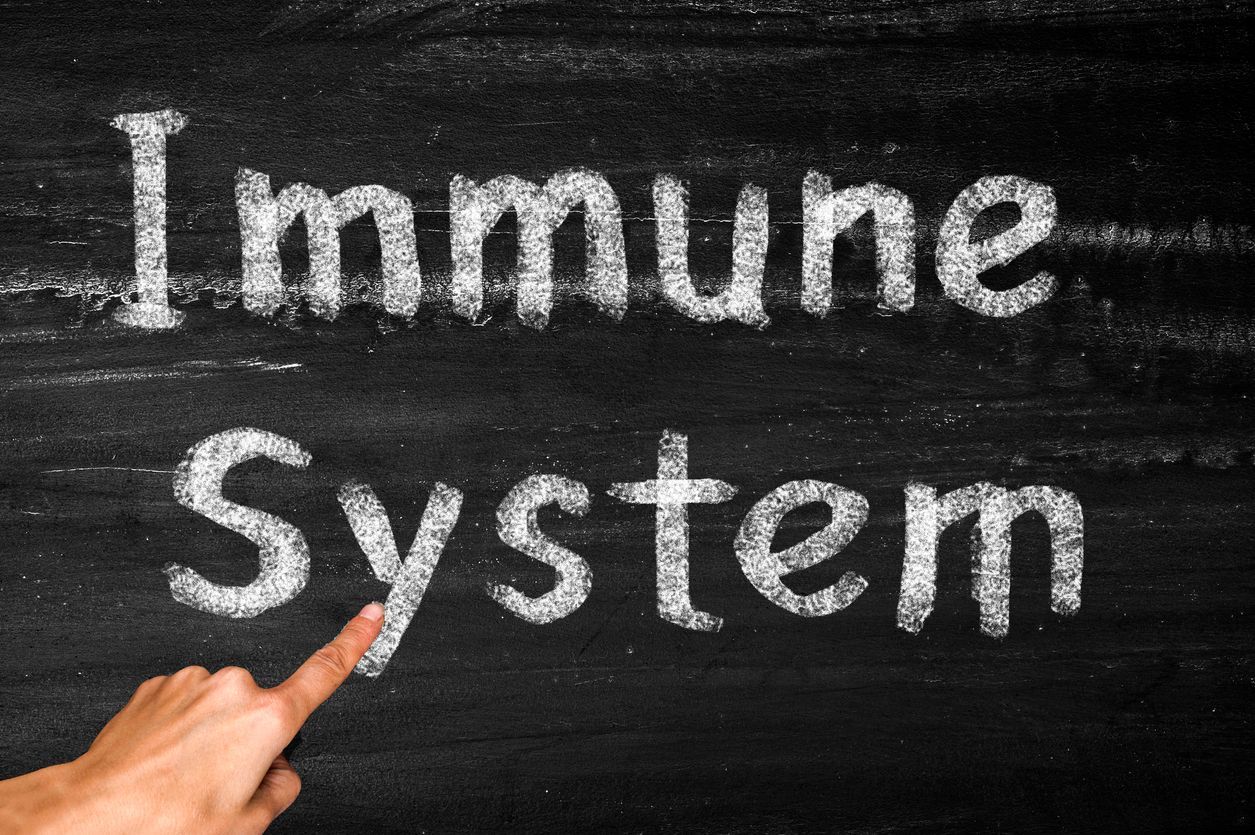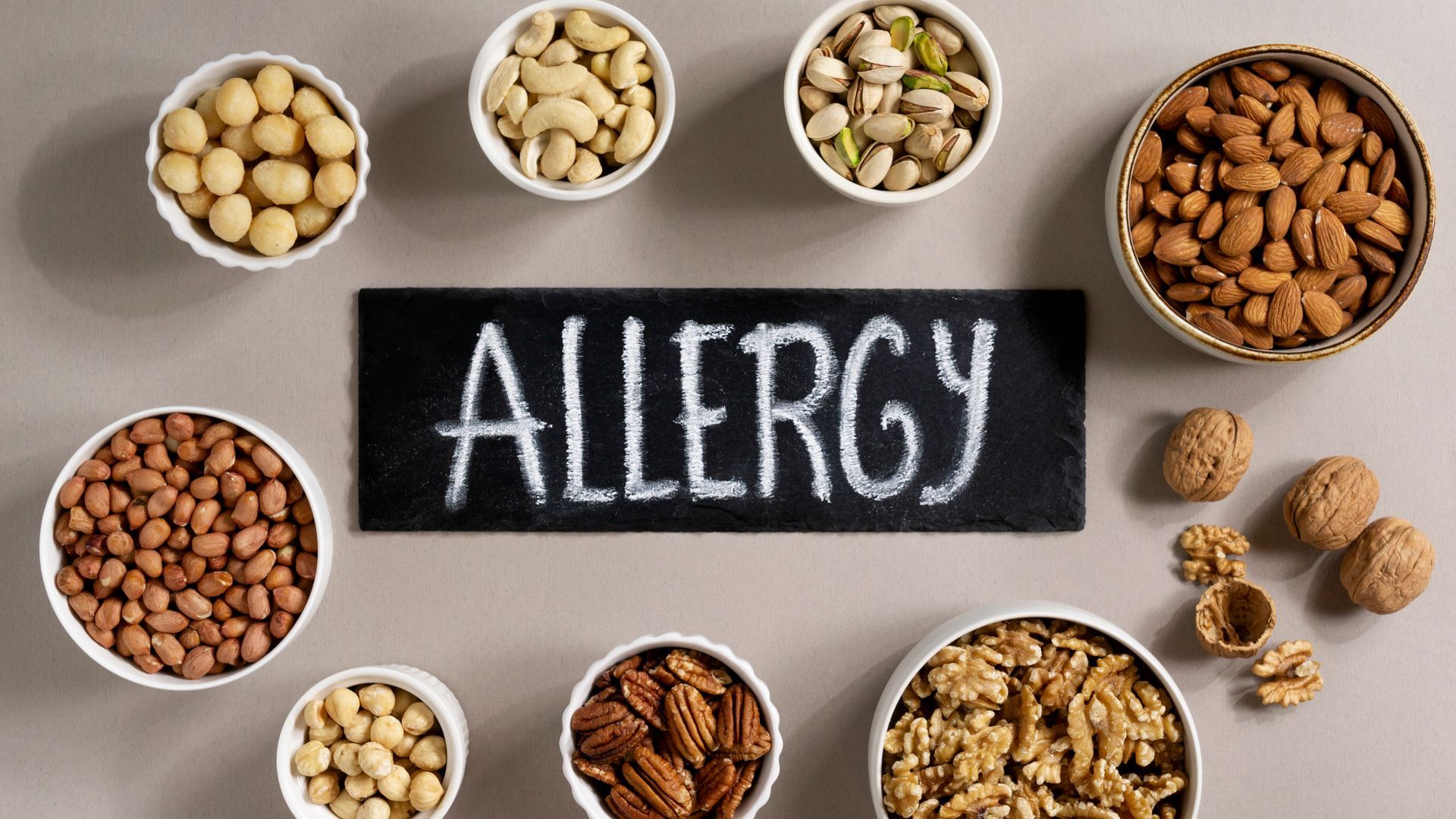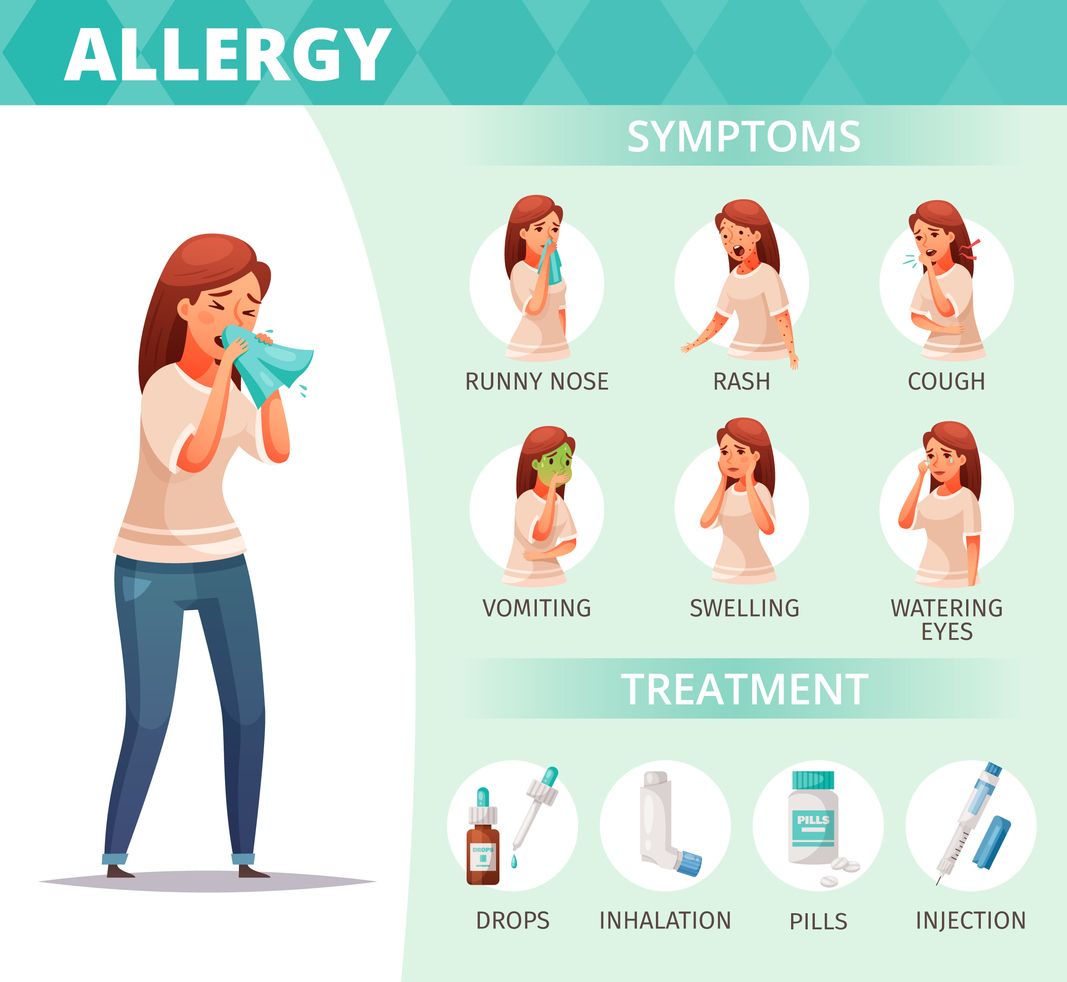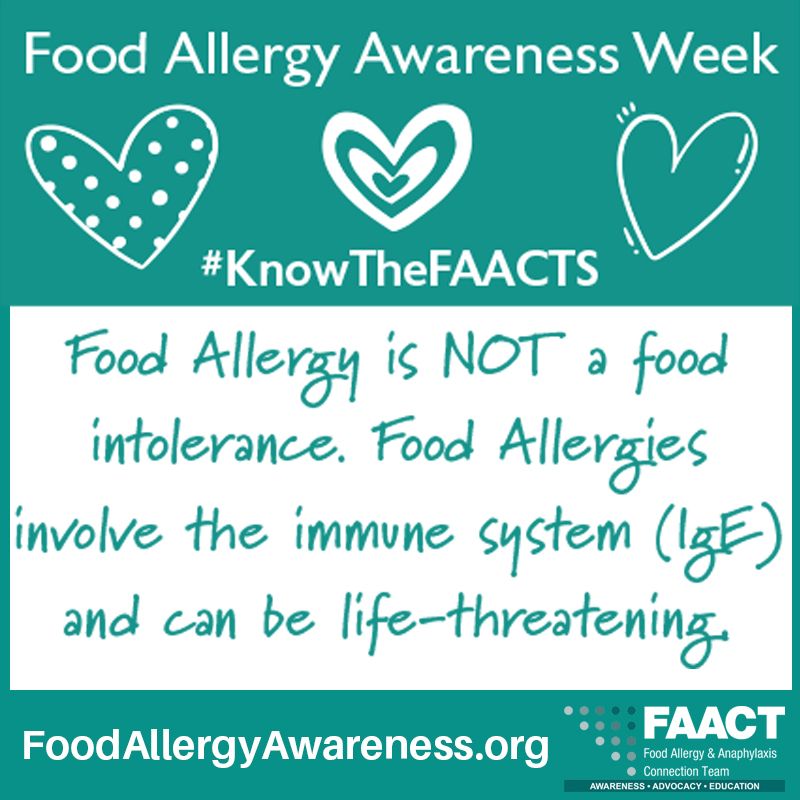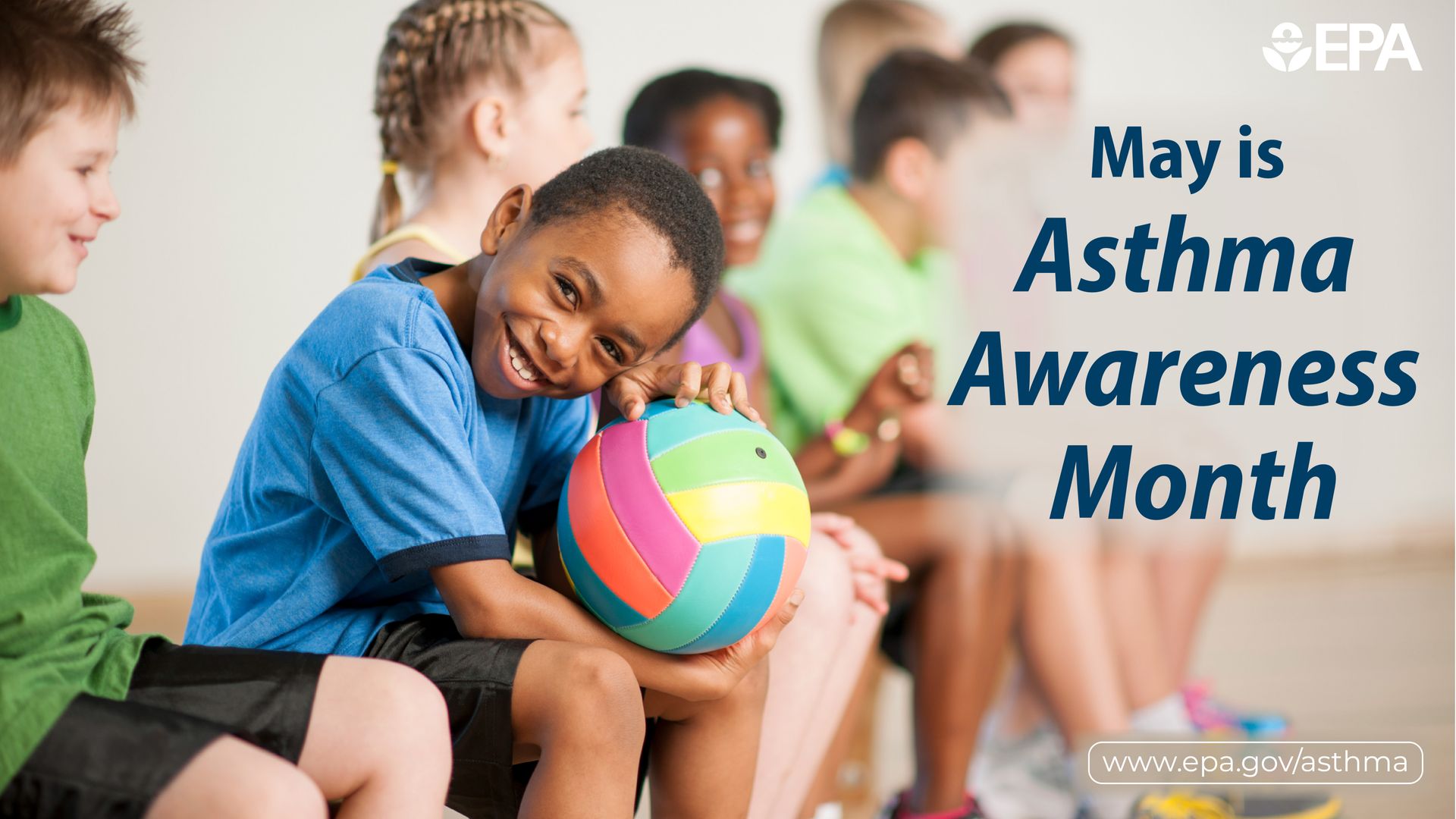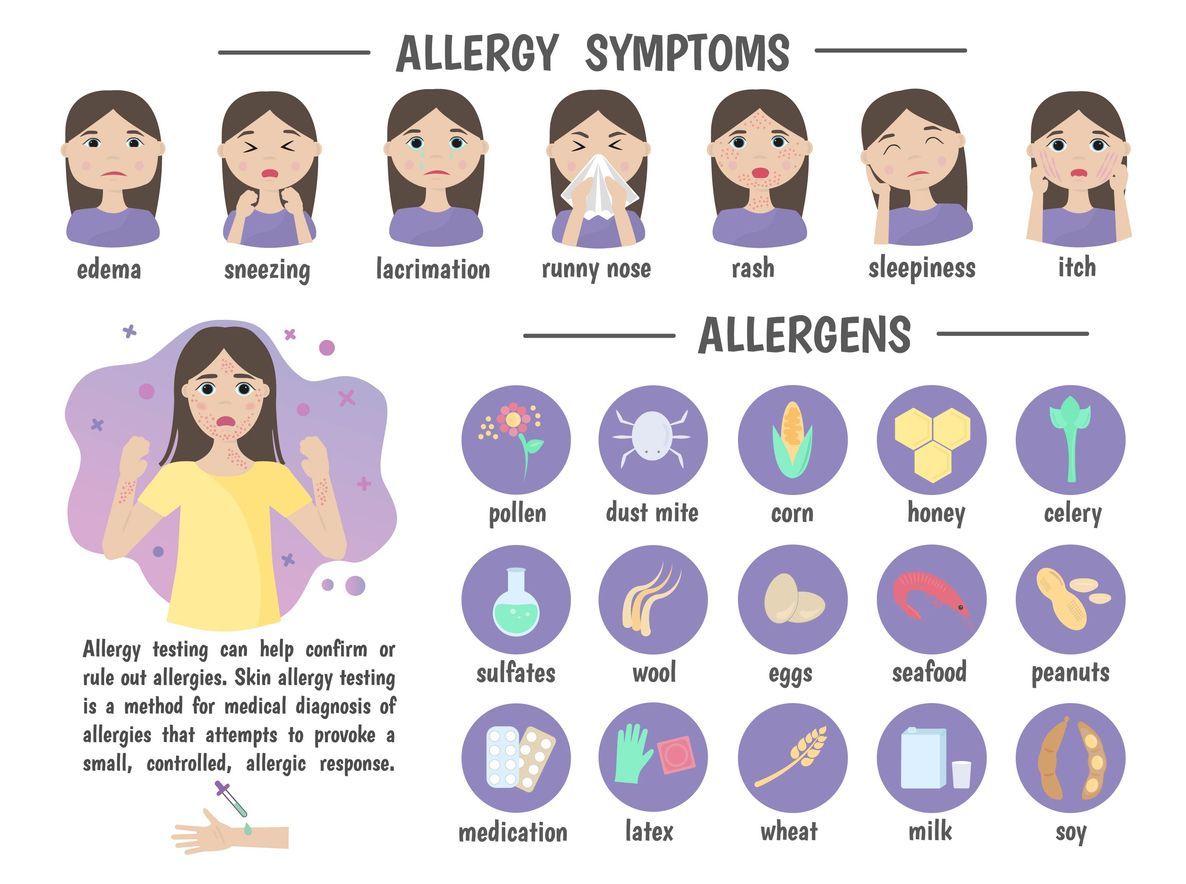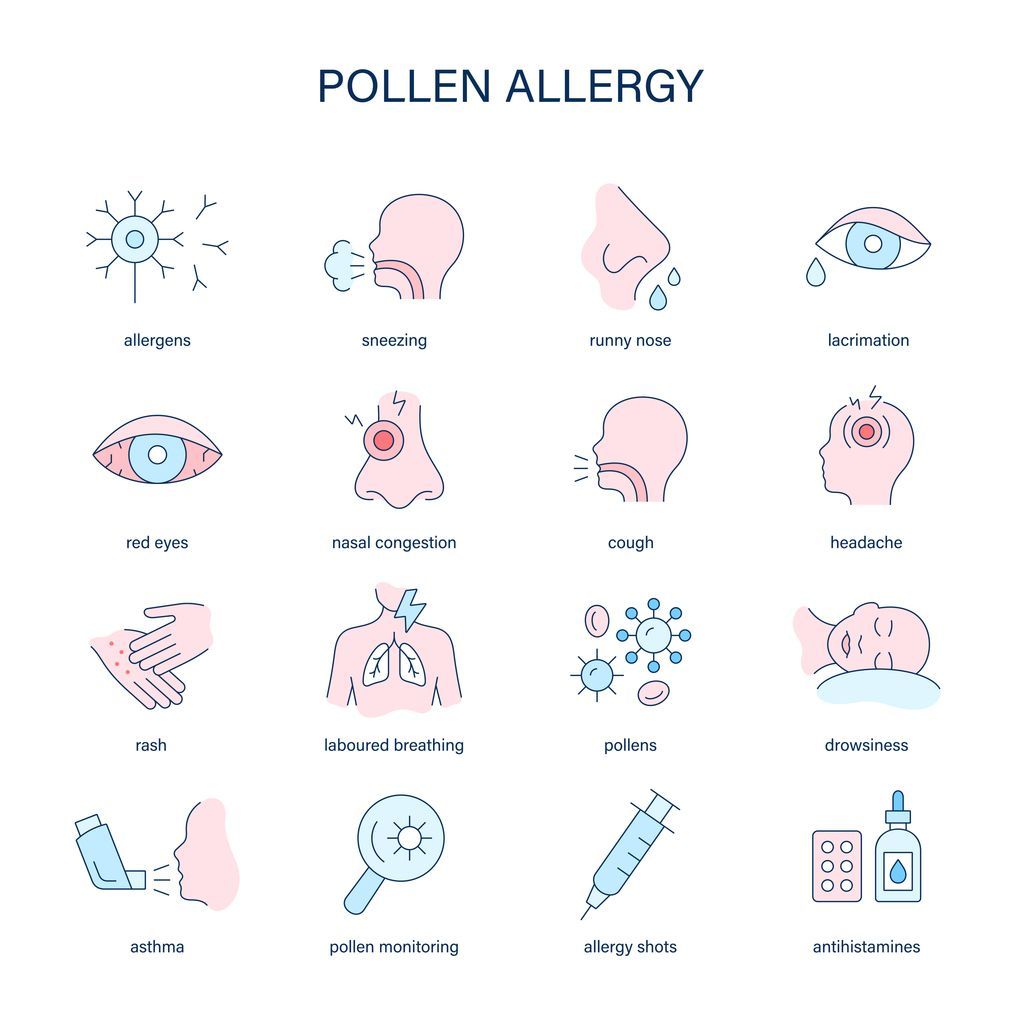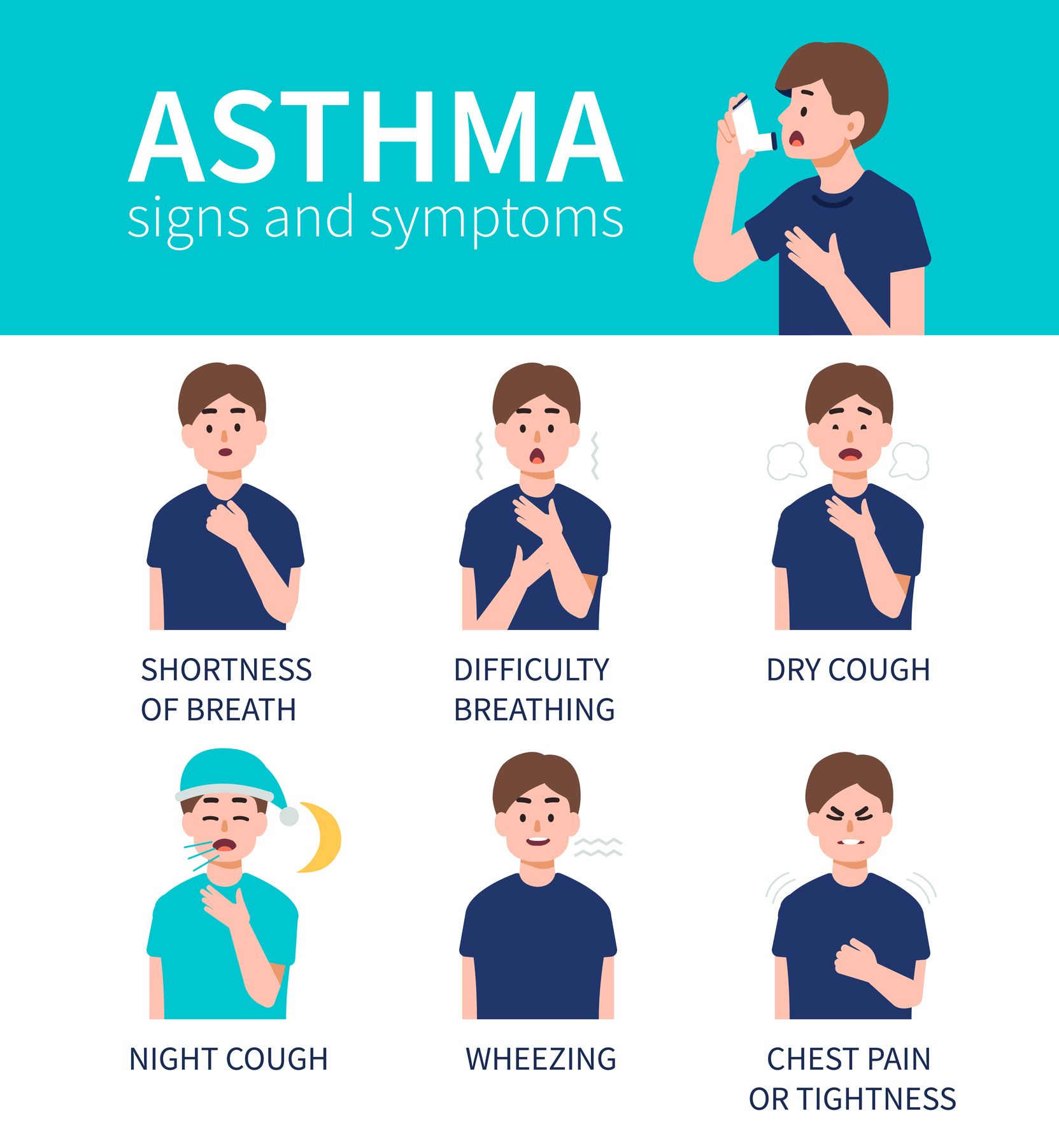Navigating Halloween with Food Allergies: A Guide for Safe Trick-or-Treating
Halloween is a time of excitement for children—dressing up, trick-or-treating, and indulging in candy. However, for families managing food allergies, the holiday can be filled with concern and caution. With some preparation and awareness, you can ensure a fun and safe experience for all.
Common Food Allergies in Halloween Candy
Many popular Halloween candies contain common allergens that can pose serious risks, especially for children. The most common allergens include:
- Peanuts and Tree Nuts: Found in chocolate bars, peanut butter cups, and some nougats.
- Milk: Present in most chocolate and dairy-based candies.
- Eggs: Used in some nougat, marshmallow candies, and baked treats.
- Wheat: Found in some candies with cookie pieces or wafers.
- Soy: Often used in chocolate and candy coatings.
- Corn: Found in candy corn, caramels, and various processed candies as corn syrup.
Checking ingredient labels is essential, but cross-contamination can also be a hidden risk. Even candies without allergens can be produced in facilities that handle common allergens.
Tips for Safe Trick-or-Treating with Food Allergies
For families managing food allergies, Halloween requires some extra planning. Here are strategies to ensure a safe and enjoyable experience:
- Discuss Safety Ahead of Time Before heading out, talk with your child about their allergies and the importance of not eating any candy until it has been checked. This sets the stage for safety and helps them understand why some candy might not be safe.
- Bring Your Own Treats Consider carrying safe, allergen-free candies with you. If your child receives something they can’t have, you can swap it out for a treat they love. Having a backup plan can prevent any disappointment.
- Use Non-Food Treats Some families opt to focus on the fun aspects of Halloween without relying on candy. Small toys, glow sticks, stickers, or other non-food items can be just as exciting and eliminate the risk of an allergic reaction.
- Check All Labels Once trick-or-treating is done, thoroughly read the ingredient labels before allowing your child to eat anything. Watch out for warnings like “may contain” or “produced in a facility that processes” common allergens.
- Teal Pumpkin Project The Teal Pumpkin Project is an initiative that encourages households to offer non-food treats for children with food allergies. Homes participating in the project display a teal pumpkin on their doorstep, signaling to trick-or-treaters that safe, non-food treats are available. You can also participate by handing out toys or crafts instead of candy.
- Prepare a Trade-Off Plan Some parents implement a “Halloween candy buyback” plan, where children trade their candy for a toy or money. This can be an exciting alternative to eating candy, especially if many of the treats they receive contain allergens.
- Host a Halloween Party If trick-or-treating seems too risky, consider hosting a Halloween party where you control all the snacks and treats. This way, your child can still enjoy the spooky fun with friends without worrying about their food allergies.
Allergen-Free Treat Ideas
If you're a parent or neighbor looking to offer allergen-free candy or non-food items, here are some ideas:
Allergen-Free Candies:
- Enjoy Life chocolate bars (free from the top 8 allergens)
- YumEarth organic lollipops and gummies
- Smarties (free from most common allergens)
- Surf Sweets gummy bears
Non-Food Alternatives:
- Stickers
- Temporary tattoos
- Mini erasers or pencils
- Bouncy balls
- Glow sticks
- Slime or putty
Final Thoughts
Halloween should be a night filled with excitement, not anxiety. By taking precautions, communicating with your child, and participating in allergy-friendly activities like the Teal Pumpkin Project, you can ensure that Halloween remains a fun and safe celebration for all families, including those managing food allergies.
Remember, awareness and preparation can make all the difference! Happy trick-or-treating!


